SOURCE: IDRW.ORG

The Indian Space Research Organisation (ISRO) and the Defence Research and Development Organisation (DRDO) are intensifying efforts to develop their own long-range radar systems to monitor space for debris and potential offensive systems, spurred by increasing Chinese activity in the space domain. This strategic push also comes in the wake of a sobering incident in April 2022, when debris from a Chinese CZ-3B rocket, initially predicted by the U.S. Space Command (USSPACECOM) to impact near Myanmar and the Arabian Sea, instead crashed over India, scattering rocket nozzles, rings, and fuel tanks across populated areas.
The CZ-3B incident highlighted critical gaps in India’s space situational awareness (SSA) capabilities. USSPACECOM’s Space-Track portal had forecasted the uncontrolled re-entry of the rocket’s upper stage on April 2, 2022, projecting a splashdown in the Indian Ocean. However, the debris defied predictions, raining down over Maharashtra and Gujarat, with fragments landing perilously close to residential zones. Posts on X at the time expressed alarm over the lack of precise tracking, with one user noting, “India can’t keep relying on foreign alerts—our skies need our own eyes.” This event underscored the urgent need for indigenous systems to safeguard India’s space assets and population from such hazards.
Continue readingSOURCE: AFI
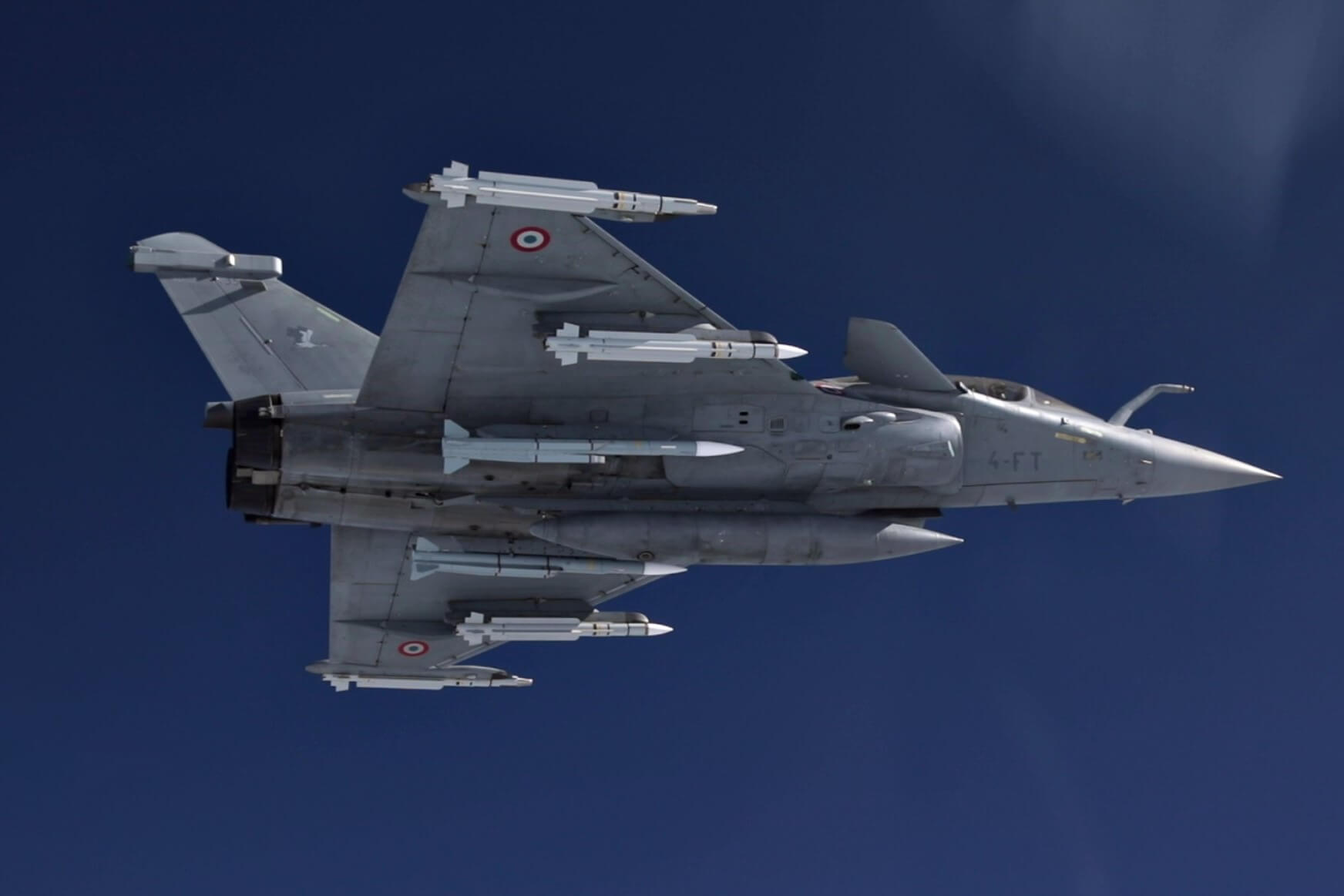
In the volatile geopolitical landscape of South Asia, the Indian Air Force’s (IAF) Dassault Rafale fighter jet, armed with the cutting-edge Meteor beyond-visual-range air-to-air missile (BVRAAM), has redefined aerial combat dynamics. Often likened to a sniper for its precision, range, and lethality, the Rafale-Meteor combination provides India with a decisive edge in a potential conflict with Pakistan. This article explores how the Rafale’s advanced capabilities, particularly when paired with the Meteor missile, enable it to operate with sniper-like precision and dominance in the skies.
The Rafale, a twin-engine, multirole fighter developed by France’s Dassault Aviation, is a 4.5-generation aircraft designed for versatility and superior combat performance. India’s acquisition of 36 Rafales, finalized in a 2016 inter-governmental agreement with France for approximately ?58,000 crore, has bolstered the IAF’s capabilities against regional adversaries like Pakistan and China. Stationed at Ambala (for the western front against Pakistan) and Hasimara (for the eastern front against China), the Rafales are equipped with India-specific enhancements, including the ability to operate from high-altitude bases like Leh and advanced helmet-mounted displays for rapid targeting.
Continue readingSOURCE: AFI
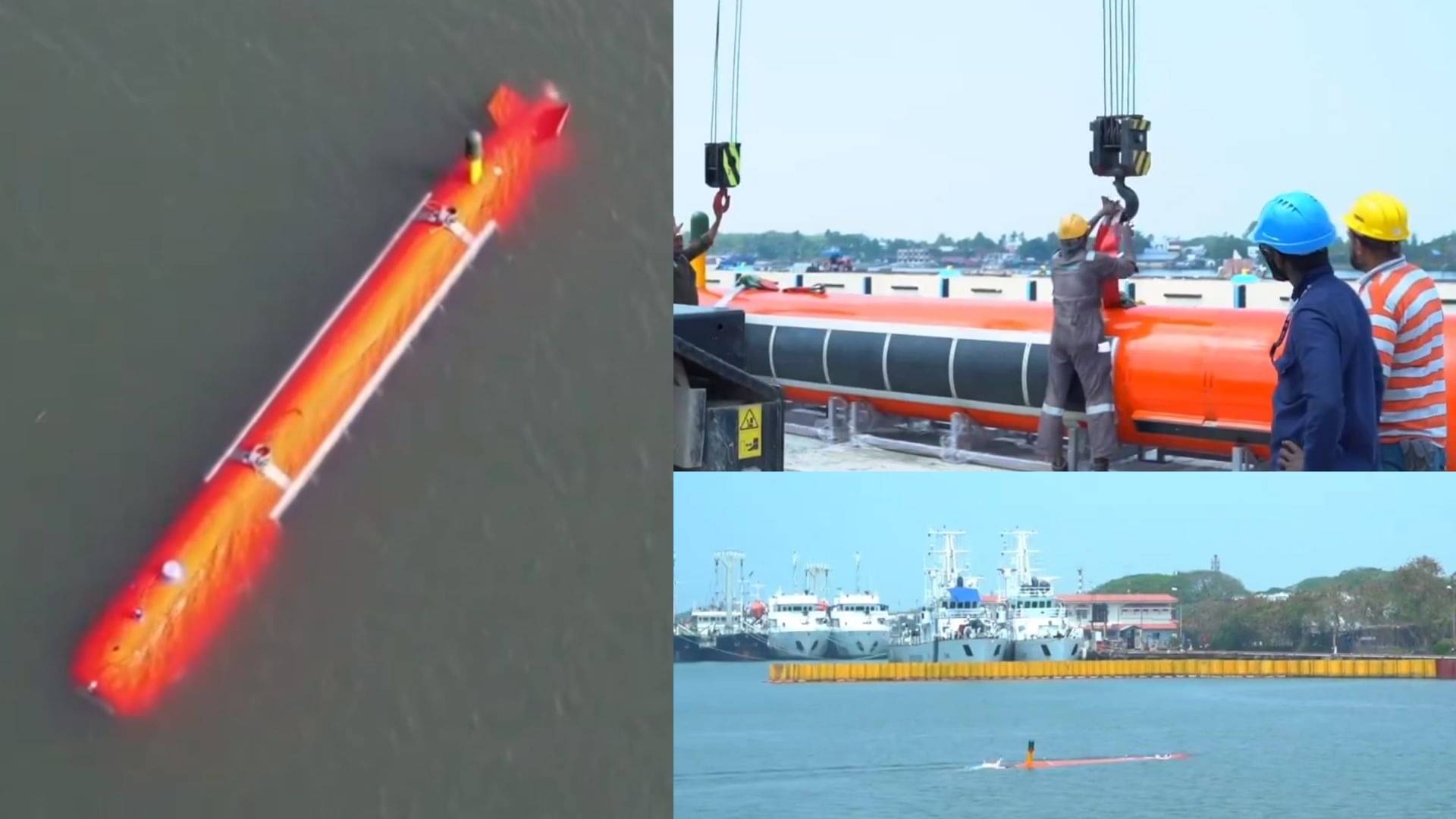
India’s Defence Research and Development Organisation (DRDO) has made significant strides in its High Endurance Autonomous Underwater Vehicle (HEAUV) program, with developmental trials ongoing for over a year. The 6-tonne, 10-meter-long HEAUV, designed for critical missions like mine countermeasures (MCM) and intelligence, surveillance, and reconnaissance (ISR), was tested in a lake in March 2025, as showcased in a DRDO video. This development, led by DRDO’s Naval Science and Technological Laboratory (NSTL), comes at a crucial time as India ramps up its maritime capabilities to counter China’s growing underwater presence in the Indian Ocean Region (IOR), particularly following the recent non-nuclear hydrogen bomb test by China’s PLA.
The HEAUV is engineered for endurance and versatility, capable of operating for up to 15 days and diving to depths of 300 meters. Its communication systems include acoustic, UHF, C Band, and satellite communication (satcom), ensuring robust connectivity in diverse underwater environments. The vehicle is equipped with advanced sensors developed by DRDO’s Naval Physical and Oceanographic Laboratory (NPOL), including a front-looking sonar, a flank array sonar for underwater detection, and a side-scan sonar primarily for MCM operations. A low-power, portable X-band 360° surveillance radar, developed by DRDO’s Electronics and Radar Development Establishment (LRDE), enhances its ISR capabilities by detecting and tracking subsurface targets at periodic intervals.
Continue readingSOURCE: AFI
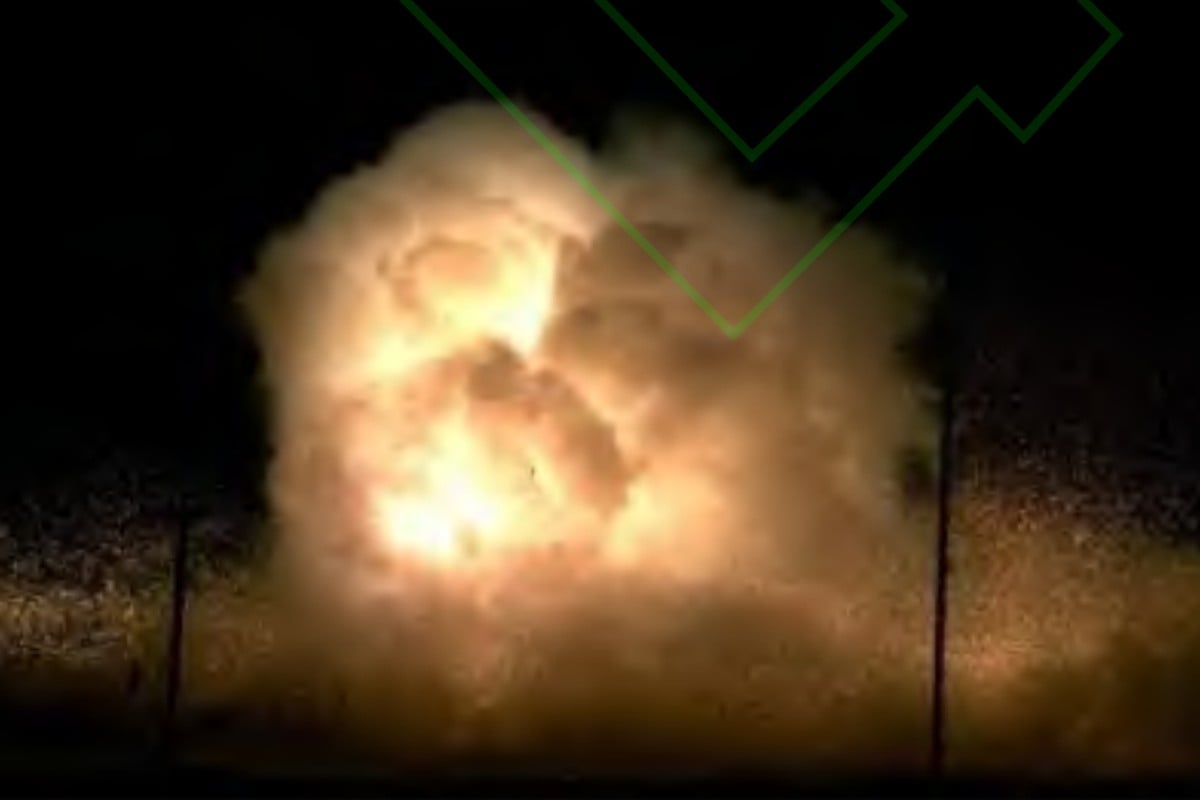
On April 20, 2025, China’s People’s Liberation Army (PLA) announced a successful test of a non-nuclear hydrogen bomb, developed by the China State Shipbuilding Corporation’s (CSSC) 705 Research Institute. This 2-kilogram device, utilizing magnesium hydride, generated a fireball exceeding 1,000 degrees Celsius for over two seconds—15 times longer than a comparable TNT blast—capable of melting aluminum alloys and causing extensive thermal damage.
The test, detailed in the Journal of Projectiles, Rockets, Missiles and Guidance, signals China’s advancements in clean-energy weaponry and its strategic posturing amid tensions with Taiwan and the United States. For India, this development raises critical security concerns, necessitating a multifaceted response to safeguard national interests and maintain regional balance. Here’s how India should respond.
Continue readingSOURCE: AFI

In a significant escalation of tensions, India is reportedly contemplating ending the ceasefire agreement with Pakistan along the Line of Control (LoC) in Jammu and Kashmir, following a deadly terrorist attack in Pahalgam on April 22, 2025, that claimed 26 lives. The decision, under serious consideration by New Delhi, stems from Pakistan’s failure to curb cross-border terrorism, as highlighted by top government sources cited in recent reports.
This move, if implemented, could mark a turning point in India-Pakistan relations, potentially leading to heightened military engagement and further straining bilateral ties already at a historic low.
Continue readingSOURCE: RAUNAK KUNDE / NEWS BEAT / IDRW.ORG
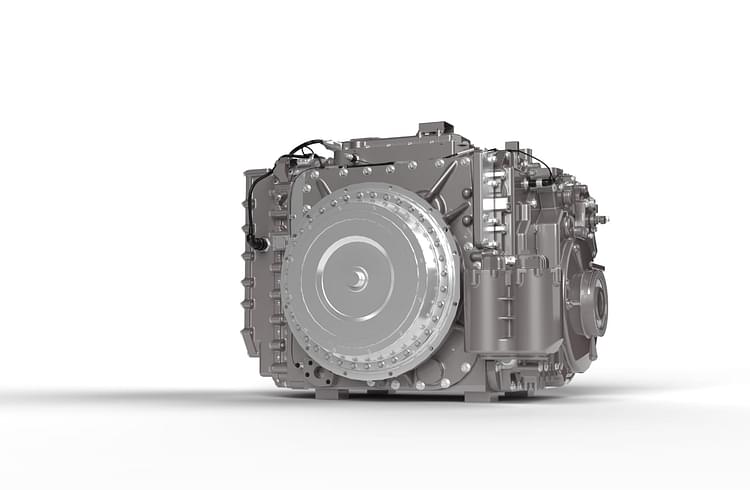
Allison Transmission has been chosen to supply its advanced 3040 MX cross-drive transmission for all three Government-funded original equipment manufacturers (OEMs) participating in India’s Future Infantry Combat Vehicle (FICV) prototype programme. This landmark selection underscores Allison’s expertise in delivering high-performance mobility solutions for modern military applications.
The FICV programme is a critical initiative to modernise the Indian Army’s armoured fleet by replacing its aging BMP-II Infantry Fighting Vehicles with cutting-edge, domestically manufactured combat vehicles. Designed to enhance operational capability, the FICV aims to deliver superior mobility, firepower, and survivability on the battlefield.
Continue readingSOURCE: RAUNAK KUNDE / NEWS BEAT / IDRW.ORG

The Aeronautical Development Agency (ADA) has taken a significant step toward advancing the Light Combat Aircraft (LCA) Airforce Mk2 programme by issuing a tender for the development of its Iron Bird facility. This state-of-the-art facility is designed to evaluate and simulate the Integrated Flight Control System (IFCS) of the LCA Mk2, a critical component in ensuring the aircraft’s performance, safety, and operational readiness.
The Iron Bird facility serves as a ground-based testbed that replicates the aircraft’s subsystems to simulate real-world flight conditions. By recreating the aircraft’s environment on the ground, the facility enables rigorous testing and validation of systems before they are integrated into the actual aircraft. One of the key subsystems being developed for the LCA Mk2 Iron Bird is the Aircraft Hydraulic System, which plays a vital role in powering flight control surfaces, landing gear, and other critical mechanisms.
Continue readingSOURCE: RAUNAK KUNDE / NEWS BEAT / IDRW.ORG

India’s indigenous Zorawar light tank recently gained international attention when it was featured in a presentation slide on mountain warfare equipment during an event hosted by the French Army’s 27th Brigade d’Infanterie de Montagne (27th BIM).
The 27th BIM, a specialized mountain infantry brigade, highlighted the Zorawar among other global systems relevant to high-altitude combat, reflecting its recognition as a notable development in this niche domain. While this does not necessarily indicate procurement interest from France, the inclusion underscores the tank’s growing profile as trials progress, with induction into the Indian Army anticipated by late 2027.
Continue readingSOURCE: AFI

India’s push for self-reliance in defence under the Atmanirbharta initiative has spotlighted the role of private sector companies in transforming the country into a global defence manufacturing hub. However, despite the government’s efforts to integrate firms like Tata Advanced Systems, Mahindra Defence, Larsen & Toubro, and Adani Defence into the defence ecosystem, these companies face significant constraints: shallow financial reserves, limited capacity for independent research and development (R&D), and a preference for acting as outsourcing partners for global giants like Boeing and Airbus.
Compounding these issues is a troubling trend of subcontracting critical defence components to smaller, less-regulated firms, exploiting supply chain loopholes. This practice not only undermines quality and reliability but also incurs recurring costs for reordering or restarting production, jeopardizing India’s long-term goal of building a robust, self-sufficient defence industry.
Continue readingSOURCE: AFI

India is poised to join an elite group of nations—comprising only the United States, Russia, and China—by acquiring Russia’s state-of-the-art Voronezh Over-the-Horizon (OTH) radar system, a move that could significantly enhance its strategic defence capabilities. Priced at a staggering $4.5 billion (approximately ?40,000 crore), the Voronezh radar, proposed for deployment at Chitradurga in Karnataka, offers an unprecedented detection range of 8,000 kilometers vertically and 6,000 kilometers horizontally.
This acquisition, reported by Indian media, would enable India to detect stealth aircraft, fighter jets, ballistic missiles, and intercontinental ballistic missiles (ICBMs) launched from adversaries like China and Pakistan, providing critical early warning and situational awareness across the Indian Ocean Region (IOR) and beyond. As India navigates tense border dynamics and regional threats, the Voronezh radar promises to be a transformative asset, aligning with the “Make in India” initiative through 60% local manufacturing.
Continue readingSOURCE: AFI

In a significant step towards strengthening India’s defence ecosystem, Israel Aerospace Industries (IAI) and Bengaluru-based DCX Systems Ltd announced the establishment of a new Joint Venture (JV) named ELTX on April 21, 2025. This strategic partnership aims to deliver cutting-edge defence technologies, focusing on the development and production of advanced airborne radars and ground systems for the Indian defence sector. The collaboration, formalized through a Joint Venture Agreement (JVA) with IAI’s subsidiary ELTA Systems Ltd, underscores the growing technological ties between India and Israel while aligning with India’s “Make in India” initiative.
ELTX, the newly formed Joint Venture Company (JVC), is poised to become a cornerstone of India’s defence manufacturing landscape. The venture will specialize in high-end defence systems, including airborne maritime radar systems, fire control radar systems, and other radar technologies designed for both airborne and land applications. By leveraging IAI’s global expertise in aerospace and defence technology and DCX Systems’ manufacturing prowess, ELTX aims to facilitate the transfer of knowledge and technology to India, enhancing the country’s self-reliance in critical defence capabilities.
Continue readingSOURCE: AFI

On April 23, 2025, Chinese Ambassador to India Xu Feihong posted a message on X expressing condolences for the victims of the deadly terror attack in Pahalgam, Jammu and Kashmir, which killed 26 people, mostly tourists. The attack, claimed by The Resistance Front (TRF), a proxy of the Pakistan-based Lashkar-e-Taiba (LeT), sparked widespread outrage in India.
However, the ambassador’s gesture was met with sharp criticism and accusations of hypocrisy from Indian users on X, who highlighted China’s history of blocking India’s efforts to designate LeT and Jaish-e-Mohammed (JeM) leaders as global terrorists at the United Nations.
Continue readingSOURCE: IDRW.ORG
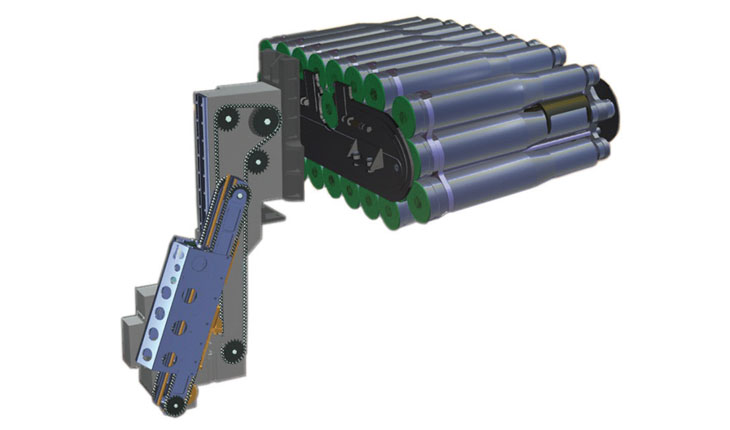
In a significant development for India’s defense modernization, the Combat Vehicles Research and Development Establishment (CVRDE), a key laboratory under the Defence Research and Development Organisation (DRDO), is likely to partner with Jeanuvs Private Limited to develop autoloaders for the Indian Army’s Future Ready Combat Vehicle (FRCV) “Ranjeet” project. This collaboration, stemming from a Request for Proposal (RFP) issued by CVRDE in January 2025, marks a crucial step in enhancing the technological capabilities of India’s next-generation armored fighting vehicles (AFVs).
The FRCV “Ranjeet” project, named after the iconic Maharaja Ranjit Singh, aims to replace the Indian Army’s aging fleet of T-72 main battle tanks with a modern, indigenous platform designed for future warfare. Envisioned as a multi-role combat vehicle, the FRCV is expected to feature advanced technologies like AI-driven systems, network-centric warfare capabilities, and modular armor, ensuring superior firepower, mobility, and survivability across diverse terrains . The project, which received Acceptance of Necessity (AoN) from the Defence Acquisition Council (DAC) in September 2024, plans to induct 1,770 units in three phases by 2030, with each phase incorporating incremental technological advancements .
Continue readingSOURCE: IDRW.ORG

In a significant display of naval air defence capability, INS Surat, the latest stealth guided-missile destroyer of the Indian Navy, has successfully carried out a “precision cooperative engagement” against a sea-skimming target, showcasing India’s growing mastery in network-centric warfare.
According to official statements, the ship executed a high-precision missile interception during a recent trial, where a Medium-Range Surface-to-Air Missile (MRSAM) was launched to destroy a low-altitude incoming threat. The engagement was described as “cooperative,” strongly suggesting that the targeting data or mid-course guidance was provided by a second platform, potentially another warship or an airborne asset in the vicinity.
Continue readingSOURCE: AFI

In a significant boost to India’s naval capabilities, the Indian government is set to finalize a Rs 63,000-crore deal with France for the acquisition of 26 Rafale Marine fighter jets. The agreement, expected to be signed on April 28, 2025, in New Delhi, marks India’s largest-ever defense deal and underscores the deepening strategic partnership between India and France. The signing ceremony will be attended by French Defence Minister Sébastien Lecornu and senior officials from both nations.
The deal, approved by the Cabinet Committee on Security (CCS) on April 9, 2025, under the leadership of Prime Minister Narendra Modi, includes 22 single-seater and four twin-seater Rafale Marine jets, manufactured by Dassault Aviation. These jets are specifically designed for carrier-based operations and will be deployed primarily on India’s indigenously built aircraft carrier, INS Vikrant, complementing the Navy’s existing fleet of Russian-origin MiG-29K jets. The Rafale Marine jets will enhance India’s maritime strike capabilities, particularly in response to increasing Chinese naval activities in the Indian Ocean region.
Continue reading